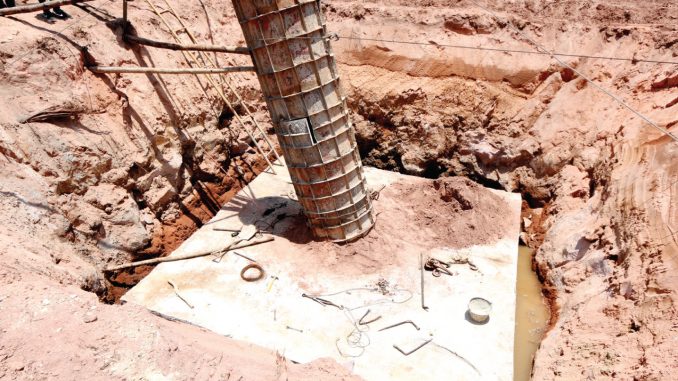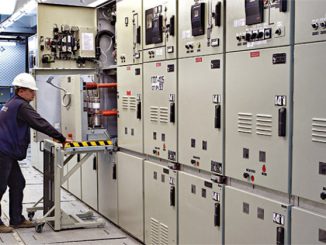
Arobust tower foundation is indispensable for a reliable transmission network. New tower foundation designs seek to customise structures to suit the local terrain and reduce the time required for construction. Precast and grillage foundations, which are factory-made, are some of the solutions that are gaining traction among developers.
A look at the key trends in the tower foundation segment…
Key trends
Precast foundations offer a number of advantages. Since precast foundations are manufactured in factories in a controlled casting environment, it is much easier to control the mix, placement and curing, thus allowing for easier and more stringent quality control.
Fluctuations in weather do not affect implementation or delay the project. Also, because materials for multiple projects can be bought in advance by a precasting entity, the project can take advantage of quantity discounts and lower costs.
Moreover, less labour is required on site when using precast foundations, and that labour can be less skilled. Once on site, the precast foundation can be installed immediately, and no waiting time is required for it to gain strength. The modularity of precast foundations makes installation quick. Accelerated curing, by heating the precast parts, greatly improves the strength gain, reducing the time between casting the part and putting it into service. Primarily, such a tightly controlled process, from materials to consolidation to curing, creates extremely durable concrete foundations.
Another economical option is grillage foundations. A grillage foundation is relatively lighter. It consists of a number of layers of beams, usually laid at right angles to each other and used to disperse heavy point loads from the superstructure to an acceptable ground-bearing pressure. The grillage beam can be of any material; the most usual being steel, precast concrete or timber.
Another widely deployed type of foundation is the reinforced cement concrete (RCC)-spread foundation. This comprises an RCC base slab or mat and requires a square chimney. There are many types of RCC-spread footings that can be designed for tower foundations – single-step type, multiple-step type and chamfered step type. The RCC-spread type can be suitably designed for a variety of soil conditions. Although the cost can sometimes be high, it is structurally the best. When there are heavy loads on the foundation and the soil is of poor quality, RCC-spread type foundations are technically and economically the most favourable.
Plain cement concrete (PCC)-type foundations are also extensively used. These consist of a plain concrete footing pad with a reinforced chimney. The tower’s stub is anchored to the bottom of the pad by rods and the chimney. The pad is either pyramidal in shape or stepped. While stepped footings require less shuttering material, they require more attention during construction so as to avoid cold joints between the steps. However, pyramidal footings entail a costlier framework.
Direct embedment foundations are another common type of foundation, which involves the construction of transmission line structures by augering a hole in the ground, placing the base of the pole in the hole, and backfilling the annulus between the pole and the hole. Direct embedment is quite beneficial as it eliminates the need for a costly anchor pole base footing, requires lesser time for installation, is independent of weather conditions and does not have any exposed base plates or anchor bolts.
Conclusion
Constructing foundations is a challenging task, given the risks posed by geology. The importance of selecting the most suited foundation for towers increases as the transmission network continues to expand across varied terrain. The increasing loads from lines that carry higher voltages also require bigger and heavier tower foundations. Given these diverse requirements, it is clearly important to focus on building appropriate and robust tower foundations.



